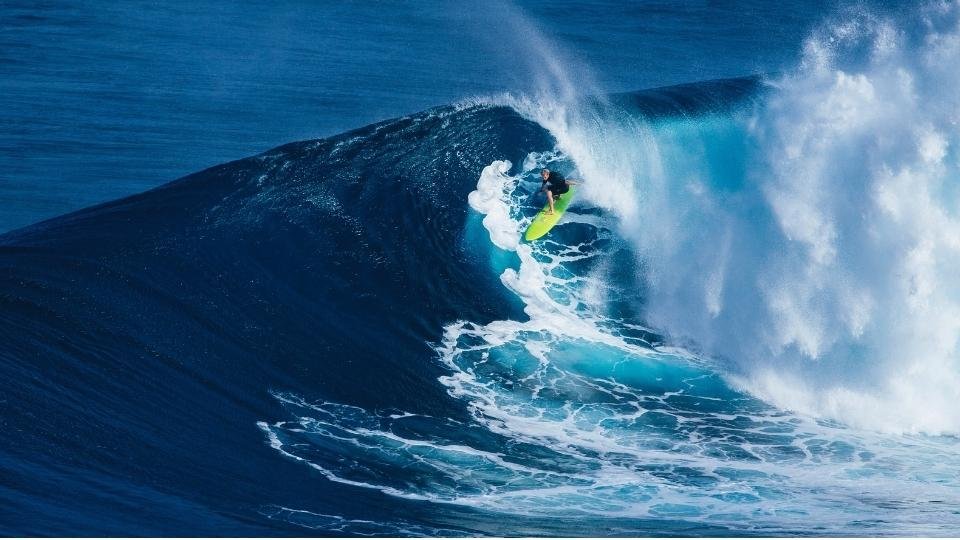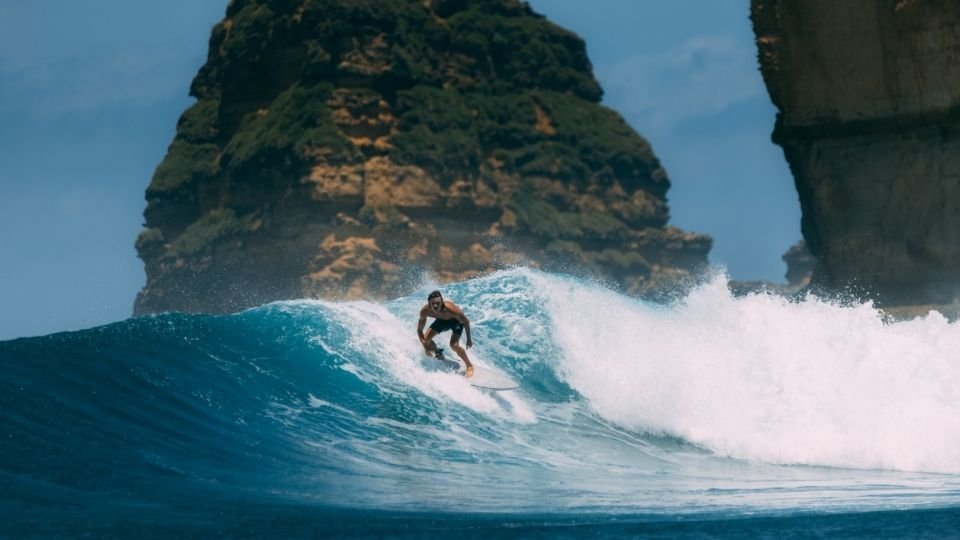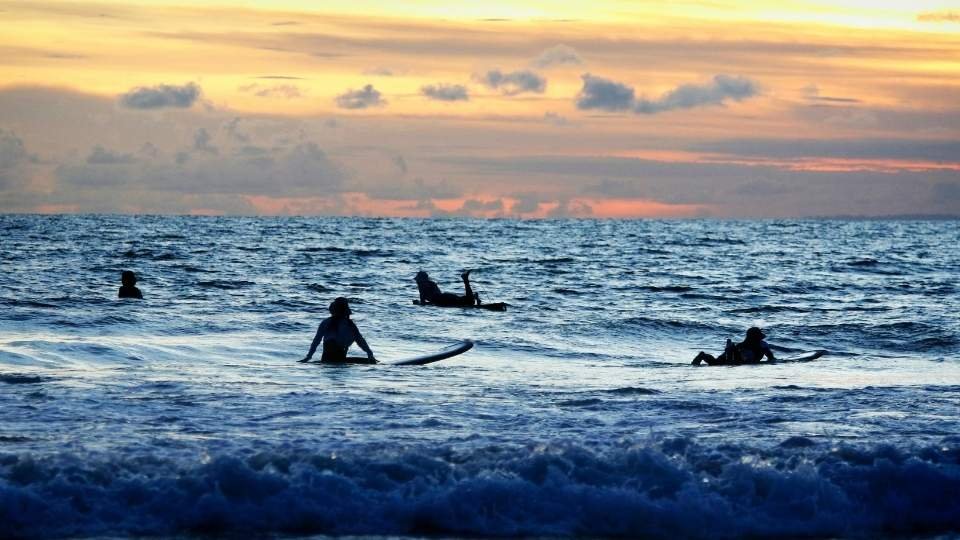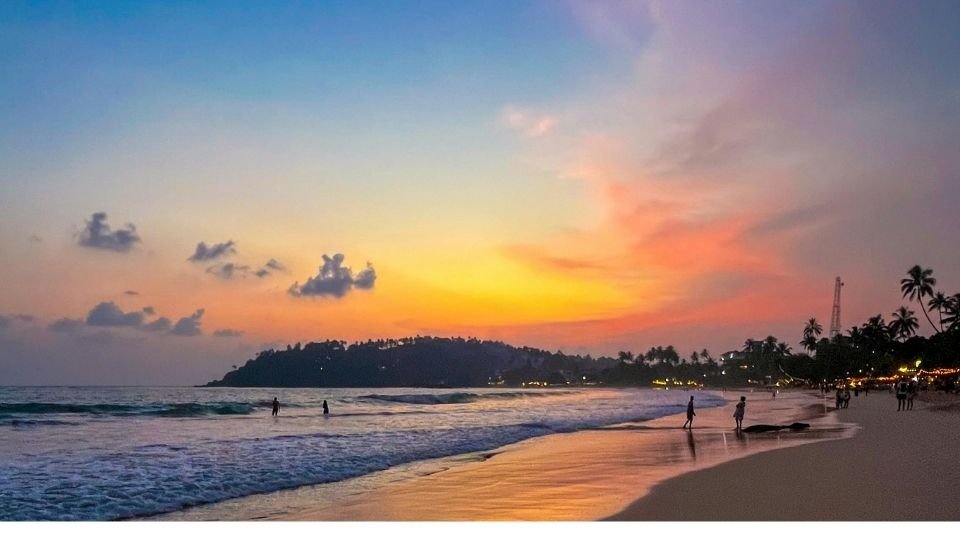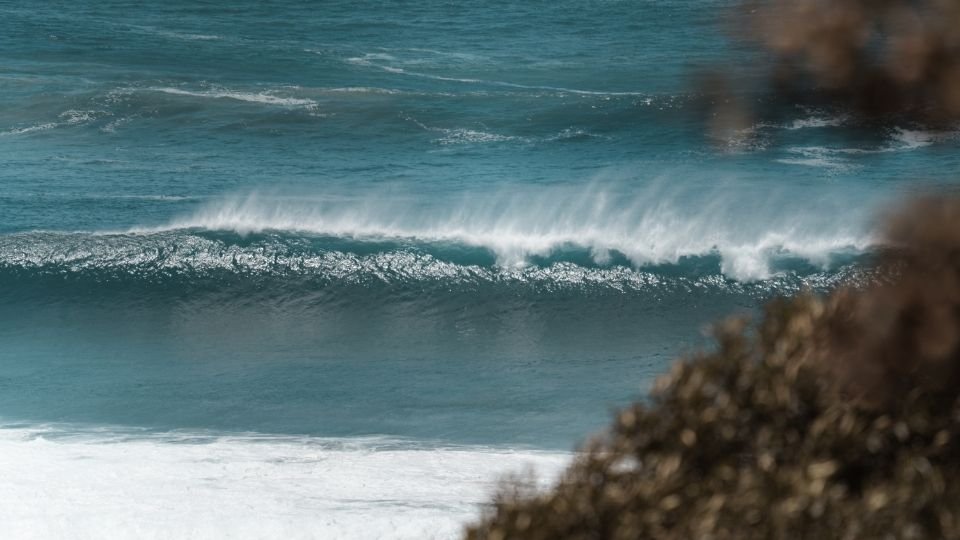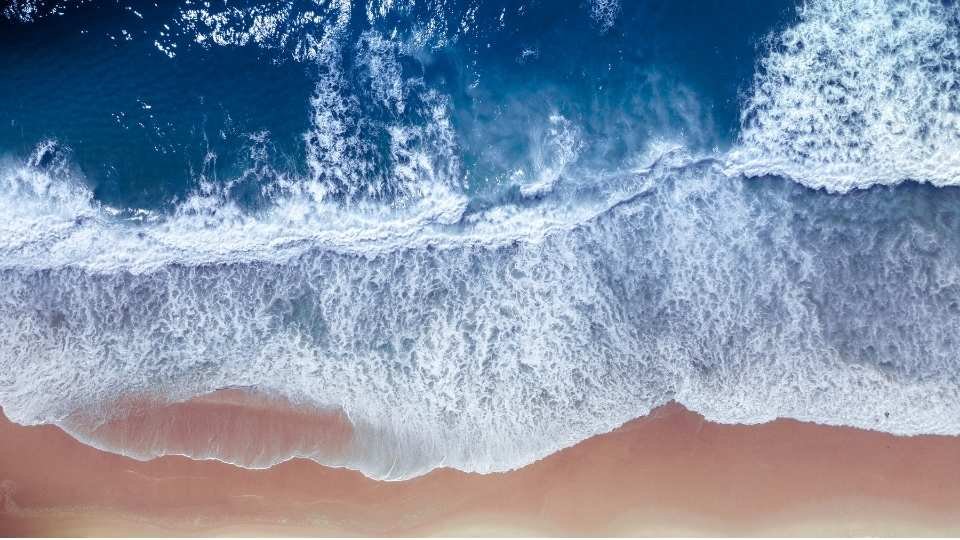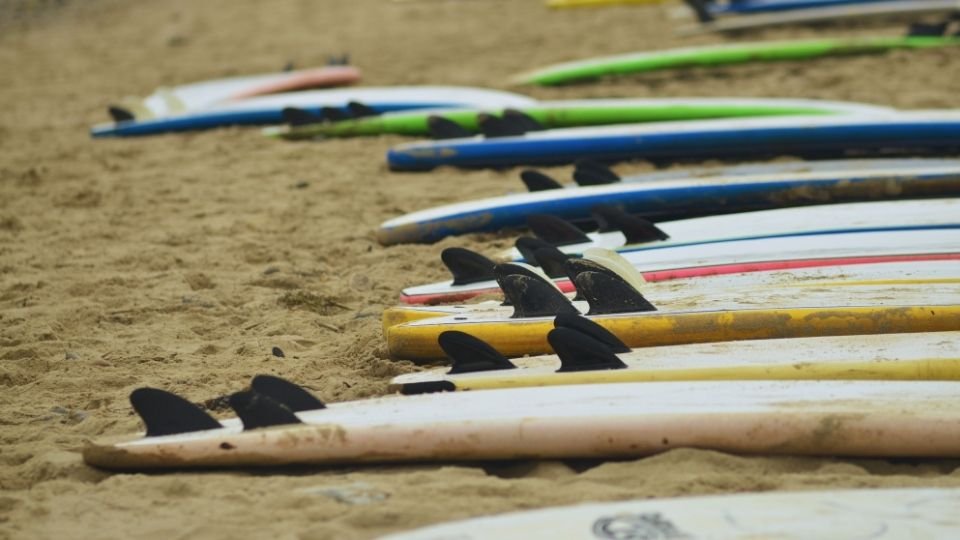Longboard Waves Bali: The Ultimate Guide to Bali’s Best Surf Spots. Bali, the island of the gods, is known for its year-round tropical climate and world-class surf. While the island’s powerful reef breaks attract shortboarders, longboard waves in Bali offer a unique experience for those seeking a slower, more graceful ride. From mellow left-hand point breaks to smooth, rolling beach breaks, Bali is a dream destination for longboarders of all levels.
Why Bali is a Longboarder’s Paradise
Bali offers ideal conditions for longboarding thanks to its consistent swell, warm water, and variety of wave types. Longboarders typically prefer slower, peeling waves that provide the opportunity to showcase their style through cross-stepping, noserides, and smooth turns. Bali’s beaches, with their endless horizons and laid-back vibe, create the perfect backdrop for longboarding adventures.
Key Longboarding Benefits in Bali:
- Warm tropical water
- Consistent year-round swell
- Various beach and reef breaks for different skill levels
- A thriving surf culture and community
Top Longboard Waves in Bali
Longboard Waves Bali. There are a few spots that stand out as longboard havens if you’re heading to Bali for longboarding. Here’s a breakdown of the best locations to catch long, smooth rides:
1. Medewi: The Longboarder’s Dream Spot
Medewi, located on Bali’s west coast, is famous for its long left-hand point break that peels for up to 300 meters. This wave is perfect for longboarding, offering a long, slow ride that lets you take your time and show off your skills. With fewer crowds and a serene atmosphere, Medewi is a hidden gem for surfers looking for tranquility and long rides.
Why Medewi?
- Ideal for longboarders with long, mellow rides
- Less crowded than other surf spots in Bali
- Beautiful natural surroundings
2. Batu Bolong (Old Man’s): Canggu’s Surf Hotspot
Batu Bolong, or Old Man’s, in Canggu is one of the most popular spots for longboarding in Bali. Known for its consistent and forgiving waves, it’s the ideal location for longboarders, whether you’re a beginner or a seasoned pro. The wave is a mellow left-hand point break that offers great opportunities for noserides and smooth turns.
Why Batu Bolong?
- Accessible for all skill levels
- Laid-back vibe with plenty of surf cafes and rentals
- Great for longboarding with mellow waves
3. Kuta Beach: The Perfect Entry Point for Longboarders
Kuta Beach, although busy, remains a fantastic place for longboarding—especially for beginners. On smaller days, the waves break gently, providing a perfect environment to practice longboarding skills. The sand bottom makes it safe for learners, and the proximity to the city means you’ll always have easy access to surf shops and food.
Why Kuta Beach?
- Ideal for beginners and longboarders looking for a gentle ride
- A social spot with plenty of cafes and shops
- Good for practicing smooth turns and styling
4. Balangan: Peaceful and Picturesque
Balangan is located on the Bukit Peninsula and is known for its long left-hand reef breaks. It’s often overlooked when the waves are big, but on smaller swells, the waves become a longboarder’s dream. The scenery here is breathtaking, and the waves offer plenty of time for cross-stepping and hanging ten.
Why Balangan?
- Stunning views with less crowded waves
- Perfect left-hand reef break for longboarders
- Peaceful atmosphere
5. Serangan: Hidden Gem on Bali’s East Coast
Serangan, located near Sanur on Bali’s east coast, is less crowded and offers excellent conditions for longboarding, especially during the wet season (November to March). The reef break here is consistent, offering long, fun rides that are perfect for longboarders who want to escape the crowds of the more popular spots.
Why Serangan?
- Great during the wet season
- Consistent reef breaks with mellow rides
- Less crowded, offering a more peaceful experience
When is the Best Time to Longboard in Bali?
Bali offers waves for longboarding year-round, but the best time depends on where you are on the island. In the dry season (April to October), the west coast spots like Medewi and Batu Bolong are ideal, while the east coast waves (Serangan) work better during the wet season (November to March).
For the best longboarding conditions, aim to surf in the shoulder months (April-May and September-October) when the crowds are thinner, and the waves are still fun but not too big.
Read Also : Why Canggu Is Good For Beginner
Best Conditions for Longboarding in Bali:
- Dry Season (April–October): West coast, including Medewi and Batu Bolong
- Wet Season (November–March): East coast, including Serangan
Longboarding Etiquette in Bali
Respecting local surf culture is essential while enjoying Bali’s waves. Be mindful of the lineup and share waves with others. Bali’s surf spots, while welcoming, can become crowded, especially in tourist-heavy areas like Canggu and Kuta. When in doubt, watch and learn from the locals, who are often more than happy to share their knowledge of the waves.
Here : How You Prepare For Your First Surfing Lesson in Bali
Surf Etiquette Tips:
- Wait your turn in the lineup
- Don’t drop in on someone else’s wave
- Be friendly and patient with locals and fellow surfers
Accommodations for Longboarders in Bali
Whether you’re looking for a surf camp, budget guesthouse, or luxury resort, Bali offers plenty of accommodation options close to the best longboarding spots. Consider staying near Canggu, Kuta, or Medewi to be close to the waves. Many surf hostels and resorts also offer surfboard rentals and lessons.
You Might Like : Why Canggu Is so Popular ?
Recommended Accommodations:
- Medewi Bay Retreat: Quiet and close to Medewi Point
- Kos One: Budget-friendly and close to Batu Bolong
- Balangan Paradise: Steps from the break with stunning views
- Serangan Surf Camp: Affordable and convenient for Serangan waves
Protecting Bali’s Waves: Eco-Friendly Surfing
With tourism on the rise, it’s more important than ever to protect Bali’s natural beauty. As longboarders, we can contribute by using eco-friendly surf wax, avoiding single-use plastics, and participating in beach clean-ups. Bali’s surf community is passionate about sustainability, and every small effort counts in preserving the island’s pristine beaches and crystal-clear waters.
Final Thoughts Longboard Waves Bali offers some of the best conditions for longboarding worldwide. Whether you’re a beginner looking for mellow rides or an experienced logger chasing the perfect nose ride, Bali’s surf spots provide everything you need to enjoy a smooth, stylish session. From the laid-back vibes of Medewi to the vibrant atmosphere of Canggu, Bali’s longboard waves are an unforgettable experience.




